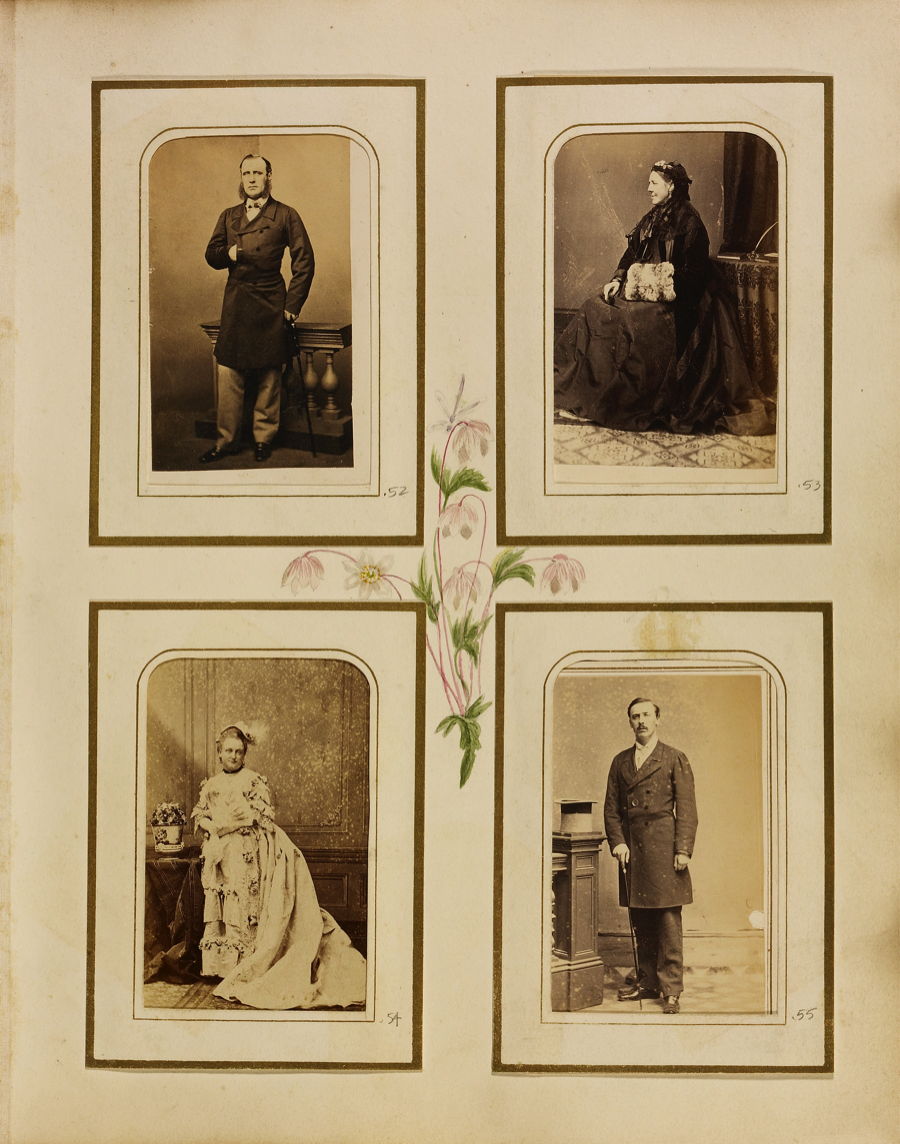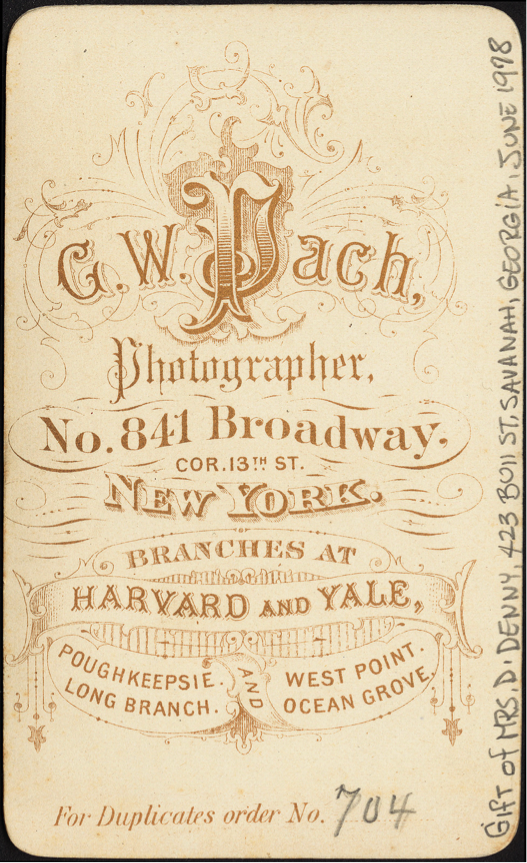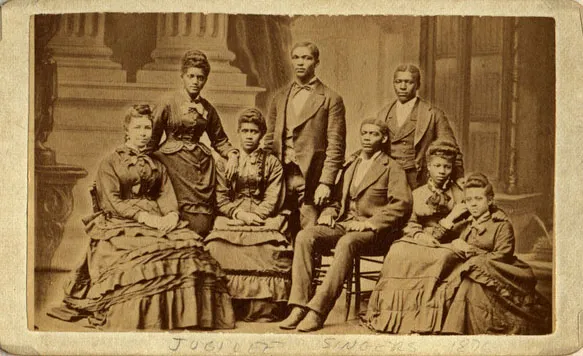As a follow up to the Theorizing the Web 2015 #TtW15 conference hosted in our new space on the Bowery, we present a selection of photography-focused presentations from the conference authored by a diverse set of academics, activists, artists, and journalists.
Photography as New Media: Continuity and Change
It can be easy to imagine that the rise of digital technologies has rendered photography nearly unrecognizable: that the transition of photography from film to digital and the emergence of social networking applications have fundamentally transformed the photograph's role.1 For one thing, the defining trait of photography, in the eyes of many observers, is dispensed with altogether in photography's transition to the digital: traditionally, the hallmark characteristic of this porous and almost indefinable medium was "light-writing"—the photograph’s semiotically complex status as an index as well as an icon; not merely a “representation” of the thing it depicted, but a direct imprint of light reflected from the subject onto the film.2
Even if we are concerned less with photography’s ontological status than with the practices according to which photographs are taken, viewed, and disseminated, there are suggestions that the digital turn has occasioned a serious shift. With the rise of photo-driven social networking applications like Instagram, Facebook, and Snapchat, photographs circulate in volumes heretofore inconceivable and with unprecedented rapidity.

It might be tempting to assume, on these bases, that the "new media" of the early 21st century are altogether different from the "old media" of centuries past.3 But while a narrative of dramatic rupture is undeniably more exciting than one of continuity, in many important respects, the digital turn in photography is less a radical break with older uses of photography than it is an amplification and acceleration of existing practices. And there is one episode in the history of photography that serves as a particularly compelling reminder that photography has long functioned as a kind of "social media": we can see a precursor to the social sharing commonly associated with digital photography in the rise of the carte de visite.
The carte de visite was a small, inexpensive photographic portrait intended for circulation, which was developed in France and attained astonishing popularity in Europe and North America between 1859 and the 1870s. As a visual image meant to be shared, people of the 19th century saw in it a powerful means of virtual self-presentation. Cartes allowed for a kind of social performance through photography that in many respects anticipated the ways people of the 21st century make use of photography. And in looking at this predecessor, we can gain historical context for the uses of digital photography in the present day, most notably in terms of the photograph's status as a "social currency" through which subjects create an objectified version of themselves, and use it to initiate and maintain social relationships.
The carte de visite was an important predecessor of the digital image in its complicity with the virtual enactment of social ties, its propensity to destabilize public-private boundaries, and the performance of identity that it afforded.
People of the 19th century avidly discussed the social functions of the carte, and in examining the role of this photographic medium in the construction, performance, and maintenance of social bonds, we see that the photograph did not suddenly become a social medium in the 21st century—in many respects, it has been one for a century and a half.
Social Currency and Self-Objectification
The carte de visite was a small photograph of about 2.5 by 4 inches that was taken in a commercial photography studio, produced in multiples on thin paper, and mounted onto card stock. These cards were then sold for a relatively affordable price—about one to three dollars per dozen, which is equivalent to a real price of about $30-85 USD today. Initially, cartes primarily featured celebrities, most prominently Napoleon III and Queen Victoria and family, but the enormous public demand for these images of public figures led photography studios to make use of this new method in order to sell ordinary people photographs of themselves. The strategy proved remarkably effective: people crowded the studios to get portraits taken, which they then distributed to friends, family, and distant acquaintances. Recipients arranged their carte collections in albums, which they could then page through at their leisure or show off to friends (Figure 1).
In an 1863 article in the Atlantic, entitled "Doings of the Sunbeam," Oliver Wendell Holmes addressed the recent popularity of the carte de visite, saying, "Card-portraits…as everybody knows, have become the social currency, the sentimental 'Green-backs' of civilization."4
Holmes’s quotation is revealing for a few reasons. First, it underscores the carte’s sheer ubiquity. In England alone, 300 to 400 million cartes were sold every year from 1861 to 1867, a stunning figure considering that England's population during these years hovered around 20 million.5
It would not be a stretch to say that with the rise of the carte de visite, the photograph became a true mass medium, capturing the likenesses of not just a privileged elite but large swaths of the middle class, and existing in previously unimaginable quantities.
Second, Holmes’s designation of the carte as a "currency" is suggestive of the commodity status of the carte. Cartes almost always bore the insignia of the commercial studio that produced them, sometimes on the front of the carte and almost always on the reverse—and often this marker of the commodity status of the carte was large and elaborate (Figure 2). So while the carte was an object that was meant to represent the likeness of the individual it pictured, it was also an advertisement for the studio that had produced it. This intimate commingling of individual subjecthood with commercial influence in the form of advertisements is a central feature of the social media of the 21st century, where advertisements are a constant and sometimes discomfiting presence on personal profiles.
Third, Holmes' quotation, with its implications of public circulation, gets at the fact that cartes de visite were objects that were exchanged among people, accumulating meaning through their dissemination. The assumption of distribution that was an inbuilt feature of the carte informed the ways people presented themselves before the camera.
Cartes de visite were akin to currency in that they were intended to be traded relatively indiscriminately, and they stood in for their bearer in the same way irrespective of who was on the other end of the exchange: both objects were treated as static representations of something that was unstable, whether that something was pecuniary value or personal identity.
Cartes, then, tended to present a generalized kind of selfhood, a socially sanctioned and standardized mode of self-presentation.

Cartes De Visite and Context Collapse
The anticipation of public display played a crucial role in informing the ways people presented themselves to the camera in the era of the carte de visite. From the first, cartes de visite were images that were made to go out into the world and reach many eyes. One contemporary of the carte wrote in 1862 that by virtue of these "universally popular" cartes, "Nobody now needs to inquire what such-or-such a person may be like, or to be left to such surmises as written descriptions may convey of features and figures that cannot be actually seen. An ubiquitous carte de visite can always find its way with certainty and speed, and it is the best of all possible introductions, as it is the most agreeable of reminiscences."6
Similarly, the digital portrait photograph in the age of social media tends to be driven by an imperative of public (or semi-public) visibility, whether one is posting a #nofilter selfie on Instagram, an album of baby pictures on Facebook, or a professional headshot on LinkedIn. In each of these cases, the anticipation of dissemination informs the way the photograph is created and selected for online presentation.
The publicness of the image is not a supplementary consideration that is added onto the image after the fact; rather, the imperative of public presentation tends to inform the way the image itself is taken.
In view of the vast array of environments in which the carte de visite could be viewed and the generalized kind of likeness that it enabled, one fruitful way to consider the carte is in terms of the context collapse that digital media scholars including danah boyd and Alice Marwick have identified as a salient feature of social networking. Given the distinct possibility that one’s online presence could conceivably be consumed in a vast variety of different contexts by a vast variety of different spectators, those who create online content must increasingly factor an "imagined audience" into their decisions about how to present themselves online.7
The problem of context collapse also informed the creation and reception of the carte de visite. Because of the imperative of circulation, the challenge that photographed subjects faced was to present themselves in such a way that their carte would "come off well" irrespective of who was looking at it.

The Presentation of Self in Public Photography
Because one's carte de visite portrait was intended for an indeterminate and potentially large audience that was likely to make assumptions about the sitter’s character and class based on superficial signifiers, there were motivations for people to adopt a visual persona that presented them in an idealized fashion. Ostensibly, subjects did this with the hope that their carte would serve a performative function, bringing about social effects through certain kinds of carefully calibrated self-presentation.
Earlier forms of photographic portraiture—most notably the daguerreotype—had tended to focus closely on the facial features, offering a sustained, detailed limning of the face (Figure 3). But cartes de visite demanded a different tack. In their cartes, sitters began to don fashionable clothing, stood in front of ornate backdrops, and assumed poses that connoted the sort of attitude they wanted the world to see. (Figure 4). Photography studios helped to perpetuate these conventions, by providing people sitting in their waiting rooms with instructions on how to pose and decorating their studios with examples of successful images. People were thus guided toward appropriate modes of self-presentation in their photographs through cues from other ones. People critical of these standardized, middle-class modes of self-presentation often mocked the sameness and conventionality of the images, which were sometimes visually similar to the point of being almost identical. This sort of complaint about the clichéd poses of carte de visite sitters came to be pervasive in photography journals, and it bears resemblance to present-day laments about duckface and other visual conventions of selfies. But given the purpose of these images, such critiques seem to miss the mark. The carte de visite was less about individualism and uniqueness than it was about engaging in a shared social ritual, and the same could be argued of selfies in the age of digital media.8
Alice Marwick has referred to the dynamic of self-presentation that one encounters in social networking applications as social surveillance, saying, "Technically mediated communities are characterized by both watching and a high awareness of being watched."9 The awareness of being watched is an inbuilt feature of virtually all portrait photography, most of which is predicated on the adoption of a certain pose with the anticipation of being “captured” by the camera. But this deep concern for how one comes off—this intensely self-conscious self-presentation—was a particularly powerful motivator for subjects of the carte de visite, with the anticipation of public dissemination informing the ways sitters arrayed themselves before the camera.

If the expectation of circulation figured into the ways ordinary people posed for their carte de visite portraits, it was an even more pressing force in portraits of those who were already "public figures." One especially prominent sitter was Sojourner Truth, the abolitionist and women’s suffrage advocate, who demonstrated an uncommon degree of reflexivity in her carte de visite portraits (Figures 5 and 6). Appearing with the slogan "I Sell the Shadow to Support the Substance" emblazoned below her portrait, Truth was a social media celebrity avant la lettre, using her carte to present a thoughtfully honed public face to the world while also generating income to support her speaking engagements. Drawing on the new form of visual "publicness" that the carte enabled, Truth was able to share with the public a piece of her likeness, one that presented her according to the visual conventions she desired. In a homelike setting, wearing modest and chaste clothes while working on a piece of knitting, she drew on prevailing codes of what Augusta Rohrbach has called "genteel and domestic femininity"—offering an implicit rejoinder to the question that punctuated her famous 1851 speech in Akron, Ohio, "Ar'n't I a Woman?"10
Deborah Willis has written that among black Americans more generally, as photography became more accessible in the late 19th and early 20th centuries, it came to serve as a powerful means of self-fashioning. "Photographs did much more than record the presence of black men and women in America," she writes, "they became a communal image of prestige and power."11

Visual Performance and Lived Experience
If, in the 21st century, it seems simplistic to regard a photograph as a mere reflection of "the world as it is," we might do well to give more credit to our predecessors in the 1860s, who often demonstrated a canny understanding of the fact that a photographic portrait could toy with reality—or just subtly shape reality in its own image. Through the capacity that they offered for a consciously constructed and easily transmissible likeness, cartes de visite could serve as a means of presenting to the world an image of oneself that did not need to be altogether consistent with one's lived experiences. The carte, an object whose consumption seemed to hold the possibility of materially altering one's social circumstances by offering a means of flattering public self-presentation, gained meaning through its circulation in society. Its success was predicated on the understanding that in looking a certain way—in possessing a given deportment and style of dress—a person earns the right to be regarded in a certain light. As a photograph that could impact relations among people, the carte de visite not only embodied prevailing social norms, it helped to create and reshape them as well.
Annie Rudd teaches at Columbia University, where she received her Ph.D. in Communications in 2014. Her book in progress, "The Posed and the Candid," examines the meaning of posing in 19th-century portrait photography, and traces the rise of an aesthetic—and a politics—of photographic candor in the 20th century.







